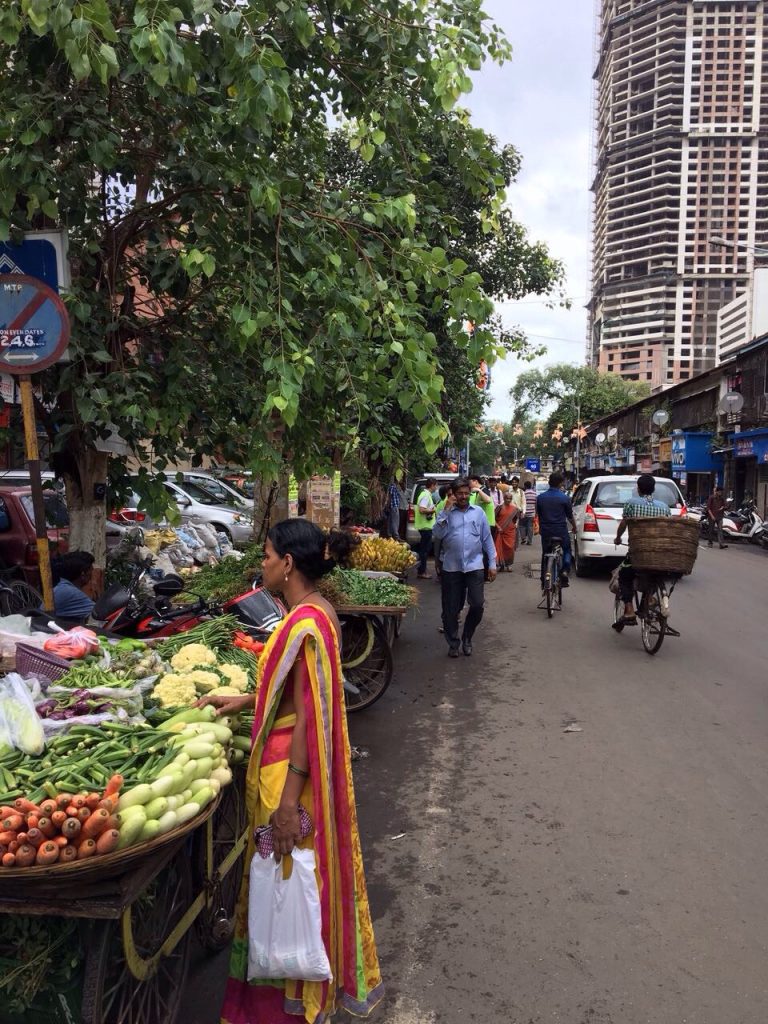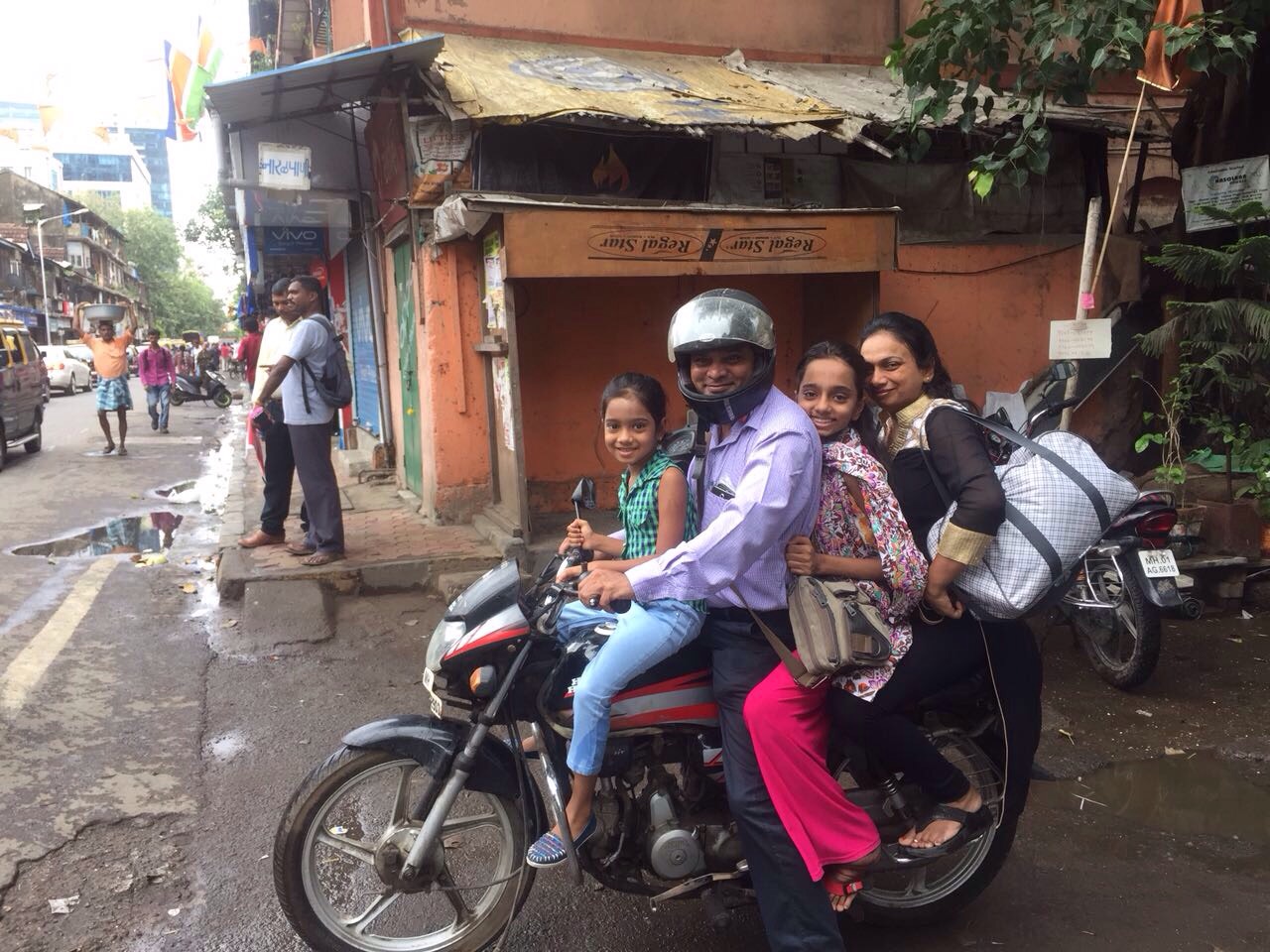According to the World Health Organization, roughly 1.3 million road-related deaths occur each year. That statistic, and the belief that each of those 1.3 million lives could be saved, brought together 154 people from 17 different countries from June 7-9 at the Bloomberg Initiative for Global Road Safety (BIGRS) partners conference in Mumbai, India.
The week began early for Vital Strategies on June 6, as our team coordinated a tremendously successful press conference revealing two transformed Mumbai intersections, where temporary barricades were put in place, and pedestrian walkways were expanded with newly painted areas. By narrowing lanes and reducing the turn radius at these intersections, we were able to demonstrate to the public and over 40 members of the media the long-term benefits that several tried-and-true road safety interventions can have to improve the safety of all road users – especially pedestrians. Thoughtful questions from the media resulted in meaningful coverage throughout the remainder of the week, putting a spotlight on road safety and the Bloomberg initiative.
Following the press event, partners attended a three-day conference, which was an opportunity to recognize what the initiative has already achieved, with sights set on future goals. Government officials from the host city of Mumbai spoke, conveying their experiences of success and challenges and their continued dedication to making the streets of Mumbai a safer place for all.

One of the main benefits of the annual Bloomberg Road Safety meeting is the opportunity to share information through presentations and panel discussions, and to meet with individuals from the various countries and cities within the initiative. While so much can be accomplished across our global network, it is in these opportunities to come together that we can engage in fruitful discussions that often lead to new ways to combat common challenges and map out the next steps toward achieving road safety goals.
Each of the initiative’s 10 cities and five focus countries received an opportunity to showcase their achievements, providing highlights of their progress through the first half of the five-year initiative.
Participants also spent one morning traversing the streets of Mumbai, noting the dangers of being a pedestrian in an environment that no longer can support the simultaneous needs of each road user. Crossing the street proved a daunting task, as intersections lacked proper pedestrian safeguards like crosswalks, mid-road refuge islands, or clear paths to the street beyond. Cars, motorcycles and vendor carts alike fought for road space while pedestrians were forced to walk the streets when sidewalks ended abruptly or were too dilapidated for safe travel.
The conference came to a close on a day filled with small group discussions and workshops, concluding with an interactive media training session led by our Vital Strategies team, where embedded city staff left with renewed media confidence and plans of action to tackle their upcoming campaigns.
A group discussion followed, exploring avenues for improvements and the possible impact of interventions.
This meeting of the minds provided energized the initiative, motivating all 154 participants to continue their work in the hopes of one day saving each of those 1.3 million lives lost on the roads each year.
